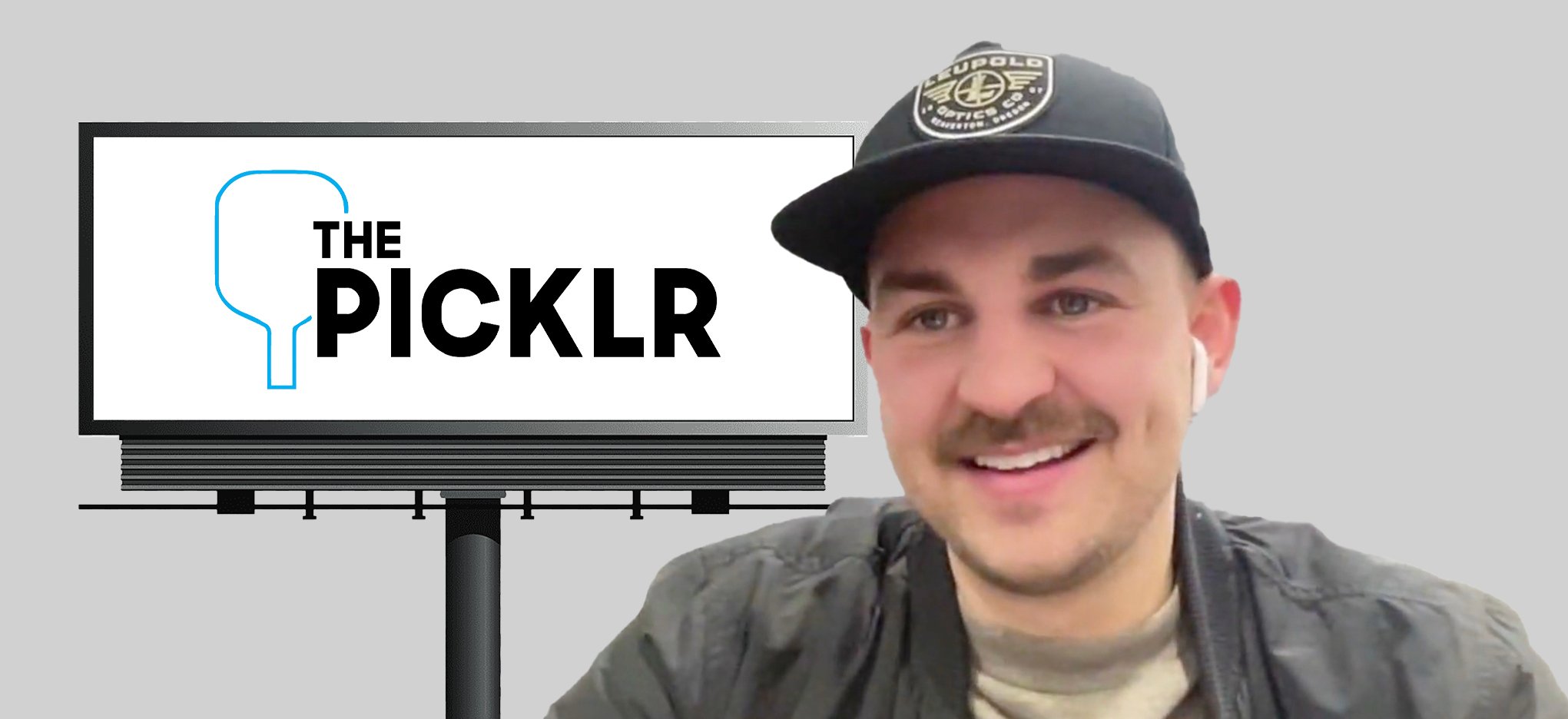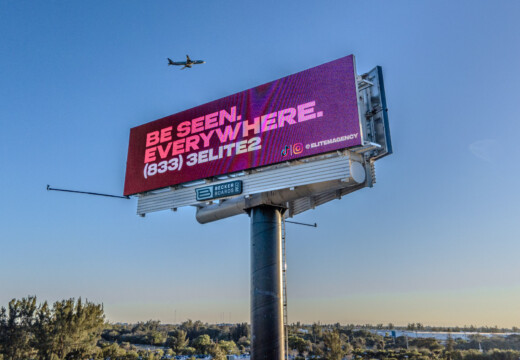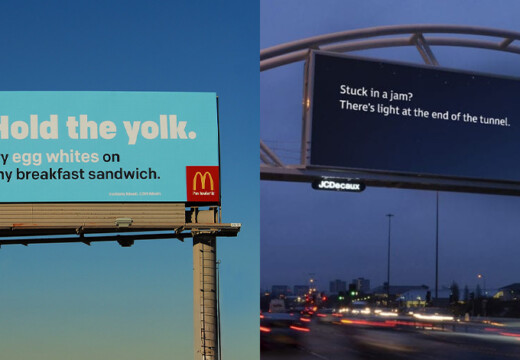A no-nonsense guide for marketers who don’t need more options, just the right direction.
Setting up a marketing strategy today kind of looks like deciding what TV show to watch next. There’s so much good stuff to choose from that you spend hours scrolling through Netflix/Hulu/Apple TV, then never actually commit.
(And then you can’t contribute anything to the Severance water cooler chat at work the next day!)
“There’s so much noise in the marketing landscape today,” says RJ Schultz, COO at Blip. “So many agencies, so many gurus, so many digital tools and channels to manage. You’ve got to learn to focus on the most impactful, quickly scalable things for you.”
The question every marketer is tasked to answer right now is: How do I most effectively move my ICP (ideal customer profile) along the user journey, from “unaware” to “ready to buy”?
The answers come when you can map the right advertising medium to specific spots along that journey. As RJ puts it, “The simple truth is that people need to know something and feel something about you before they choose you.” So your marketing must provide that knowledge and those feelings.
If You Have 72 Priorities, You Have 0 Priorities
RJ remembers a conversation where, as a new employee at a previous job, he asked the CTO about company priorities. “He gave me a spreadsheet that listed 72 items,” he recalls. “I assumed they were force-ranked by importance—and he said no, this whole thing is our priority list.”
RJ’s response: “You’ll never get to even half of what you need for 72 things at the same time.”
Here’s what makes the priorities problem even tougher: Marketers aren’t choosing between “good” and “bad” options. You’re being tasked to take in an enormous amount of potentially brilliant strategies, and picking between “great” and “even better” is a much more difficult task.
“I have 50 million things I could try, and all of them are fantastic,” says RJ. “The hard part is saying no to things to focus on what is really impactful and scalable.”
Without ruthless focus, businesses spread their limited resources too thin—and fail to achieve meaningful impact in any one place.
Medium, Meet Moment
The antidote to “spray and pray” is focus.
According to RJ, “You can’t overemphasize the importance of focusing on something deeply enough to make it scale just right.”
Importantly, narrowed focus doesn’t mean fewer touchpoints. It means more intentional ones.
RJ likes to think of this in the context of Google’s “7-11-4” rule, which states that it takes 7 hours of engagement, with 11 touchpoints, across 4 different channels for a potential customer to convert into a paying client. This means you need to think about brand building across a long journey, not a one-off interaction.
What you need is a system for matching specific marketing channels to specific moments across that long journey. Once you’ve mapped where your customers are in their relationship with your brand, the path forward becomes clear. You stop guessing which channels might work and start strategically deploying the ones that will actually move people to the next stage.
Smart marketing means aligning the right medium to the right moment.
A Step-By-Step Guide to Finding the Right Marketing Mix
To help his team make decisions about where to focus their marketing efforts, RJ maps specific marketing channels to the customer journey timeline—creating a clear, sequential strategy where each activity has a specific purpose at the moment it’s deployed to effectively support the next phase.
Here’s his approach.
Map Your Customer Journey
When RJ talks about mapping out the customer journey, he means it literally.
“We draw the customer journey as a straight, horizontal line moving from left (unaware) to right (purchase-ready),” he says.
This could be a straight-line flow chart with 7 boxes aligned horizontally, each box representing an interaction (for example, Box 4 represents the fourth time the customer has seen your ad). As customers move through each stage, the marketing materials that speak to them evolve as well.
Ultimately, draft this however you like—stick figures, flow charts, smiley faces on a whiteboard. The point is getting this journey out of your head and onto something your whole team can actually reference when decision paralysis strikes.
Match Medium to Moment
Your next exercise will be mapping out (A) where your customers are falling on the line you’ve just drawn, and (B) what mediums are best suited to speak to them at those points.
A quick breakdown of what mediums fit each stage of the customer journey:
Left side (0 impressions): Your customer doesn’t know who you are, but they’re looking for a solution like yours. Awareness is the name of the game here.
Billboards are a perfect medium to build these early interactions, because they’re cost-effective, and, unlike digital ads, only ever get seen by real people, never bots.
Plus, they build credibility, in part because they’re seen as a higher barrier-to-entry ad type. A viewer looks at a brand on a billboard and thinks, “Wow, that brand must be legit if they’re able to get on a billboard.”
Middle (1-5 impressions): Your customer has heard of you a time or two, but doesn’t deeply understand your offering or trust you yet. It’s time to mix in another moment.
Education and trust-building is vital here, and you can deliver those through social media posts, email drip campaigns and newsletters, online content hubs, and white papers. Lots of options here—so RJ recommends choosing two to focus on.
Right side (6-7+ impressions): Your customer understands your solution, wants something like it, and has the budget and authority to make a purchase. They’re ready for conversion-focused tactics, such as digital ads (think Facebook, Meta, and Google) and even more personal outreach from your sales team.
RJ notes that over time, the best marketing machines will blend together and consistently optimize these pieces across all three stages, so that as customers move down your funnel, you move with them.
Test, Iterate, and Optimize
Once you’ve identified the channels you’ll focus on, you want to continuously test, iterate, and optimize.
RJ recommends A/B testing across different geographic markers, seasons, and marketing channels to see where you’re having the biggest impact.
For example, RJ wanted to know if they were getting any direct response from billboards. So he set up an awareness campaign that featured a new, shortened URL that Blip would only share on billboards. The URL led to a landing page where viewers could create a new signup page. That meant that any new user who came to the product through that particular landing page had taken action directly after seeing a billboard.
The Blip team was surprised to find that ~15% of their new users come through this channel, which meant that billboards did have a direct response effect, in addition to the lift they give to the other channels lower in the funnel.
A different testing approach is to turn one of your marketing channels “off” to see the downstream impact.
Aaron Services, a plumbing and HVAC company, wanted to test the multiplier effect of launching billboards alongside Google ads.
They started running both at the same time, and after the first month, they noticed branded search spiking and cost per click falling as conversions improved. As a test, they paused their billboard campaign—and saw those same metrics decline. This confirmed that their digital ads were most effective when run in conjunction with out-of-home campaigns.
Keep testing, keep tweaking, keep learning. As your customers evolve, your marketing strategy should too. (Unless you enjoy throwing money into the void.)
From Chaos to Conversions: Picking the Right Channel Gets Results
As you move prospects through from “unaware” to “choose-ready,” you don’t have to aim only one ad medium at them at a time.
Instead, the concept of right medium, right moment helps you know when to deploy different mediums to be as cost effective as possible. Once you turn on a medium, don’t turn it off. Instead, focus on dialing it up or down so it can best support the next phase of development.
In short:
1. Build awareness before you educate
2. Educate with meaning and purpose before you move to convert
3. To convert, only ask for a commitment when your prospect is ready to make it
Alright, enough theory. Let’s talk numbers that actually make CFOs smile.
The Picklr, a new pickleball gym, knew that as an emerging brand they needed to focus on awareness. Their prospective customers were all on that left-hand side of the customer journey line.
They decided to launch an out-of-home marketing strategy prior to their grand opening. Through this awareness campaign, they pre-sold half of their gym memberships via billboards alone—meaning they were at 50% capacity before they even opened their doors.
Because of this success, Picklr has incorporated OOH into its franchise model, advising franchisees on how to use digital billboards for their own grand openings and as part of their post-opening marketing mix.

For a new brand like Picklr, digital marketing in the form of paid ads could have easily been more cost prohibitive than an OOH awareness campaign—making it harder for them to recoup their marketing costs in the form of new signups. Because they chose their marketing approach based on their customer journey map, they resonated with new audiences.
The big lesson for marketers: Stop trying to be everywhere at once.
Start mapping your customer journey, picking journey-specific mediums to focus on, and testing what works (or doesn’t). Then, armed with a focused mandate, watch your marketing dollars work harder.


